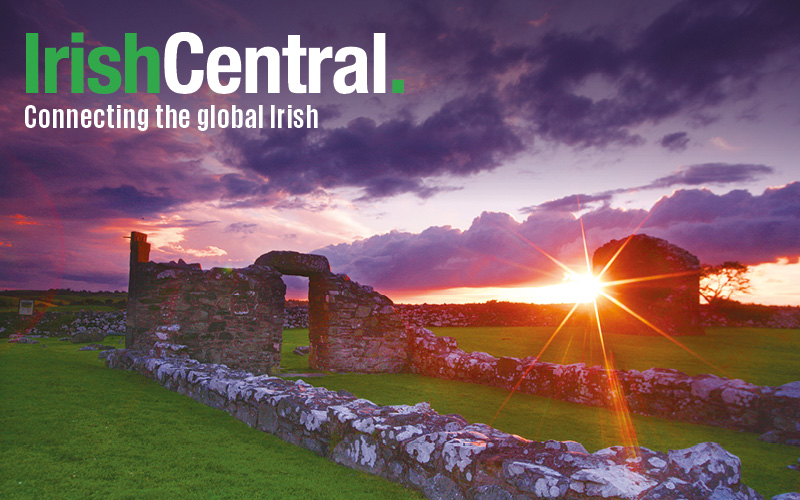The times were a changin’ in Carnegie, Pennsylvania, just outside of Pittsburgh. Decades of immigration had transformed the population of Carnegie.
Once almost exclusively Protestant, Carnegie, by the early 1920s, was split nearly evenly between Protestants and Catholics, Jews and other so-called minorities.
The Ku Klux Klan was not happy. The Klan planned a rally in Carnegie as a show of 100 percent Protestant American strength.
Some 25,000 Klan members descended upon Carnegie.
They were not prepared for the likes of one Paddy McDermott.
The story of Paddy’s fight against the Klan is told in Linda Gordon’s fascinating new book "The Second Coming of the KKK: The Ku Klux Klan of the 1920s and the American Political Tradition."
Gordon’s book reminds us of several important facts. That the Klan should not be thought of as a bunch of backwards, backwoods, banjo-strumming rednecks. Especially in the early 20th century, they were politically savvy and powerful, especially in and around big northern cities.

Cover of The Second Coming of the KKK: The Ku Klux Klan of the 1920s and the American Political Tradition.
They counted governors, judges and congressmen as members and supporters. They were also “embraced by millions who were not members, possibly even a majority of Americans,” since the Klan had come to seem “ordinary and respectable,” Gordon writes.
The Klan’s popularity was based on “blaming immigrants and non-Protestants for stealing jobs and the government from ‘true’ Americans,” while avoiding “criticism of those who wielded economic power.”
House Speaker and proud Irish Catholic Paul Ryan should think about all of this the next time he ponders the support he’s given to that anti-immigrant blowhard in the White House, all in the name of “tax reform.”
Read more: Remembering James Coyle - The Irish priest the Ku Klux Klan killed
All Irish Catholics should take a moment to consider what the Klan drove Paddy McDermott to do. In the eyes of the Klan and their millions of supporters, Irish Catholics like McDermott – the grandparents and great-grandparents of Irish Americans in 2017 – were a disease, ruining a once great nation.
McDermott fought back.
The Klan descended on McDermott’s town in August of 1923, “no doubt choosing the location precisely because of its large population of non-Protestants,” Gordon wrote.

Ku Klux Klan members photographed on March 17, 1922.
More often than not, Klan rallies went like this: They showed up in large numbers, the local power-brokers kept the police in check, crosses were burned, speeches were made about how Catholics, blacks and Jews were ruining America, and off the Klan rode to do the same thing in another town.
In Carnegie, however, “a roadblock stopped them as they crossed a small bridge,” Gordon writes.
Then, several thousand anti-Klan protesters descended upon the Ku Kluxers’ motorcade. They threw bricks and rocks, and shouted “get a rope,” because this time around, it might be the Klan getting strung up and lynched.
All the while, McDermott, a prominent member of the local Irish community as well as an undertaker, was waiting (fittingly) in the alleyway of a Catholic Church. Eventually, McDermott raised an automatic weapon and began firing into the parading lines of white hoods.
When the smoke cleared, Klansman Thomas R. Abbott lay dead, McDermott was arrested, and Abbott’s wife declared that her husband’s life “had been given to a noble and just cause.”
We are often reminded that Irish immigrants faced discrimination yet soldiered on, working hard jobs so that their children and grandchildren could have better lives. But we also need to remember these immigrants didn’t always suffer passively. They fought back, challenging the Protestants who claimed this was a nation for “Americans” only.
Consider what Catholic Notre Dame students did when the Klan held a march in South Bend, Indiana. What did they throw through the windows of local Klan headquarters?
Potatoes.
Read more: How Eugene O'Neill took on the Ku Klux Klan




Comments